melanoma in cats mouth
For instance tumors in the mouth may result in bleeding drooling bad breath or difficultly eatingswallowing while intraocular tumors can cause abnormal pupil size pain and ultimately vision problems. Three cats were alive without evidence of recurrence or metastasis greater than 365 days after surgery.
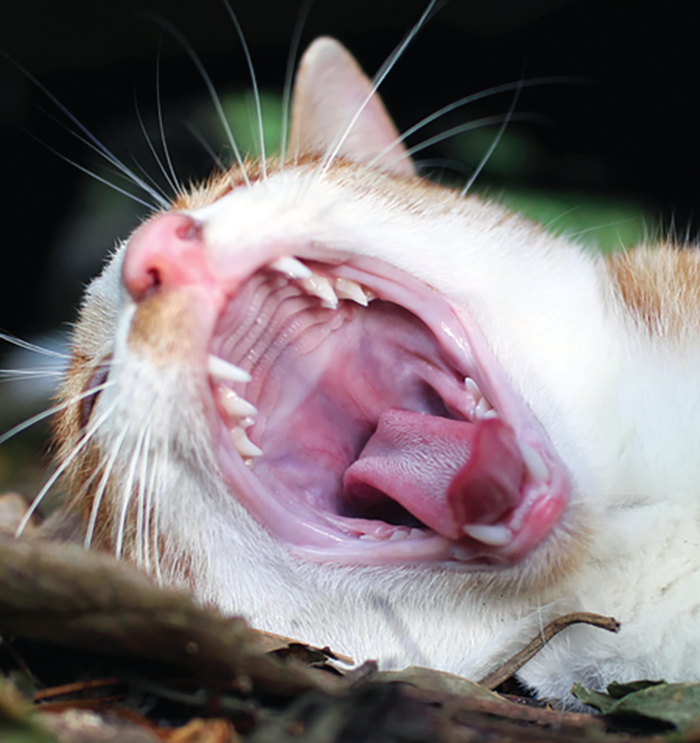
Oral Cavity Diseases Catwatch Newsletter
The tumour commonly arises from the gingiva and mucosa of the maxilla mandible tongue sublingual area or tonsillar region.
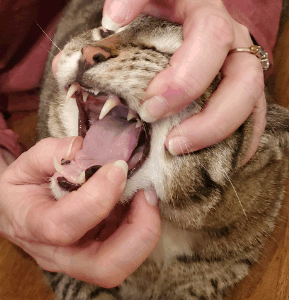
. Hence early detection of any suspicious lumps and prompt treatment is key to improving the cats chances of survival. A cats mouth similar to our own is made up of several different cell types. Squamous cell carcinoma is an aggressive cancer in the cat and is often not diagnosed until the tumor is advanced.
Although squamous cell carcinoma and fibrosarcomas are the most common feline mouth cancers Kitty might also develop granular cell tumors lymphoma melanoma osteosarcomas and even more rare cancers in his oral cavity. Oral masses in cats may be caused by inflammation infection or even trauma. There are three other types of cancers of the mouth including fibrosarcoma lymphoma and malignant melanoma.
What are the symptoms. Because these tumors occur so infrequently its hard to determine a general prognosis. Oral squamous cell carcinoma is cancer of the lining of the oral cavity including the gingiva gums tongue palate and tonsils.
Any breed can be affected and tumors can be found anywhere in the mouth including the lip gums tongue and hard palate. Malignant melanoma is an aggressive form of cancer most likely to affect the skin eyes or mouth of cats. If in the mouth quite rare in cats the cat may have bad breath and drooling.
Melanoma has been induced in cats who were experimentally injected with a strain of feline sarcoma virus. Around fifteen percent of all cats that have this type of cancer experience metastasis to the submandibular lymph nodes. Most pet owners realize their cat has developed a health problem after noticing some or all of the following symptoms.
It also includes lips the hard and soft palate roof of the mouth upper and lower jaw cheeks tongue and the floor of the mouth. The most immediate sign is severe pain on opening the mouth. Other types of tumors include.
The most common location for oral melanoma is the gum gingiva or the buccal mucosa inside of the cheek but other. Oral Squamous Cell Carcinoma in Cats Squamous cell carcinoma SCC is the most common oral malignancy in the cat arising from either the jaw bones or the tongue. These tumors are usually raised irregular ulcerated have a dead surface and.
There are several different types of tumors that can develop in the mouth of a cat. A squamous cell carcinoma is the most common cause of cat mouth cancer. Surpassed in frequency of occurrence only by lymphoma skin cancer and mammary cancer oral cavity cancer accounts for about 15 percent to 20 percent of feline malignancies seen each year at the Cornell University Hospital for Animals.
Approximately 70 of oral tumors in cats are squamous cell carcinomas. Aggressive and also have a high likelihood 80 of metastasis spread to other organs such as the regional. The cat may vocalize and jump when it yawns or opens its mouth to pick up food.
Melanocytic tumors which are the third most common oral tumors in cats arise from a local invasion by neoplastic menlanocytic cells melanin-producing cells to the gingival surface. In the case of melanomas. In addition to declining appetiteespecially for hard foodthe signs that an oral cavity tumor is present may include drooling difficulty in.
If your cat is suffering from oral squamous cell carcinoma you will notice a mass in your cats mouth. Cats often show an approach-avoidance reaction as they approach their food in hunger then hiss and run off in anticipation of discomfort. Ad Help your pet cope with symptoms like nausea loss of appetite and energy.
1 It accounts for about 90 of oral tumors in felines. The rate of metastasis at the time of diagnosis is low. Bloody nose Mouth pain Halitosis bad breath Weight loss Facial swelling Dropping food during a meal Increased salivation Bleeding.
Malignant melanoma is an aggressive form of cancer most likely to affect the skin eyes or mouth of cats. Oral melanoma is more common in cocker spaniels chow chows Scottish terriers poodles golden retrievers and dachshunds. Cancer spread is uncommon.
Oral tumors can be found in the cats lips tongue gums and lymph regions surrounding the mouth. The cancer can even spread after the primary. An oral tumor is an abnormal growth of cells.
Fortunately it is relatively rare and represents less than 2 percent of all forms of cancer in cats. Unfortunately the life expectancy of cats diagnosed with mouth cancer is often low from a couple months to 1 year depending on the location and severity of the cancer. However it may occur in the mandibular lymph nodes and lungs in up.
While not all growths masses are cancerous oral tumors can become malignant and fatal if they are not treated early and aggressively. There may be a genetic predisposition to malignant melanoma. Owners may notice a mass in the cats mouth.
The cancer causes pain. Tumors are locally invasive and can extend into the bones of the upper or lower jaw. As always anything that concerns you should be checked by your veterinarian.
How do you know for sure your cat has malignant melanoma. Ocular melanomas are more common than skin or oral melanomas and are more likely to be malignant. Oral melanoma cancer in cats and dogs.
Get NHVs most useful pet cancer supplements in one holistic pack. Locations have been reported such as the inner lining of the lips palate and tongue. Not all of these tumors are cancerous.
Bone cancer causes a number of signs of unwellness for two main reasons. It is a tumor of melanocytes which are pigment producing cells. Many cats affected by oral squamous cell carcinoma look like they have an enlarged jaw because the growth of the tumor in the mandible can make the cats mouth look asymmetrical.
Bone invasion is common in cats and is usually severe and extensive. This cancer is very locally invasive. Squamous cell carcinoma is the most common oral tumor seen in cats.
Some tumors may grow slowly and do not typically spread called benign while others will act aggressively called malignant. Oral tumors can be extremely debilitating and painful disease for cats often resulting in death. Although not all cancers are fatal if they are not detected.
An oral mass refers to a growth in a cats mouth or surrounding head region. Metastasis occurred in 63 of cats with intraocular melanoma and all cats with palpebral melanoma. Common melanoma sites include the head eyes eyelids oral cavity and toes.
Cancer of the mouth can affect the tongue or the throat and move to other areas of the body. Bone cancer causes an abnormal swelling to develop in the affected part of the skeleton. The most common oral cancer in the cat by far is squamous cell carcinoma.
Oral Masses Malignant and Benign in Cats. Oral melanomas are locally. The symptoms of bone cancer in cats include physical swelling lameness an abnormal gait and general unwellness.
Fortunately it is relatively rare and represents less than 2 percent of all forms of cancer in cats. With oral cancer in cats if a tumor can be seen within the mouth the cancer has likely already affected the surrounding areas and is more advanced than it may look. In this section we will be specifically talking about oral squamous cell carcinoma in cats.
An affected cat may have bad breath excessive drooling and difficulty swallowing. Of five cats with cutaneous melanoma one was killed with metastasis at 90 days. Squamous cell carcinoma SCC is the most common oral malignancy in cats occurring usually around the jaw bones or the tongue of the cat.
Oral tumorsboth non-cancerous and cancerouscan form in any part of your cats mouth. It is the most common oral cancer in cats. Four cats with oral melanoma were killed at a mean of 61 days.
The physical swelling of the cancer causes. All of which can become cancerous eg skin cells bone cells fibrous cells.

Mouth Cancer Melanocytic In Cats Petmd

What Causes Oral Cancer In Cats And What Tests You Need To Know About Vlog 125 Youtube

Oral Squamous Cell Carcinoma In Cats Veterinary Partner Vin
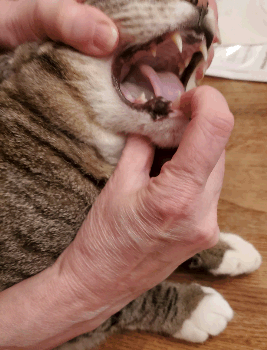
Oral Squamous Cell Carcinoma In Cats Veterinary Partner Vin

Squamous Cell Carcinoma In A Cat S Mouth Pictures Symptoms And Treatment

Cat Vomiting Types Causes And Treatments And A Look At Common Cancers Mccleary Animal Hospital

Oral Tumors In Cats Centennial Animal Hospital
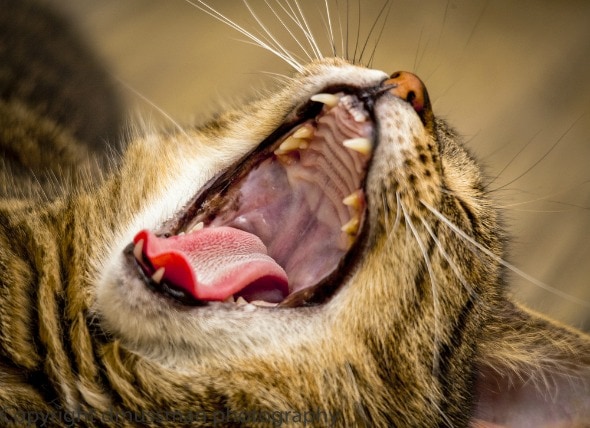
Mouth Cancer Melanocytic In Cats Petmd
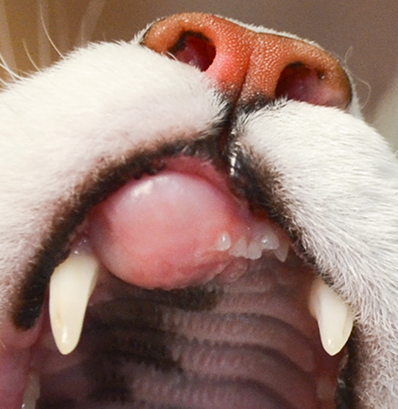
Oral Tumors In Cats An Overview Vca Animal Hospitals
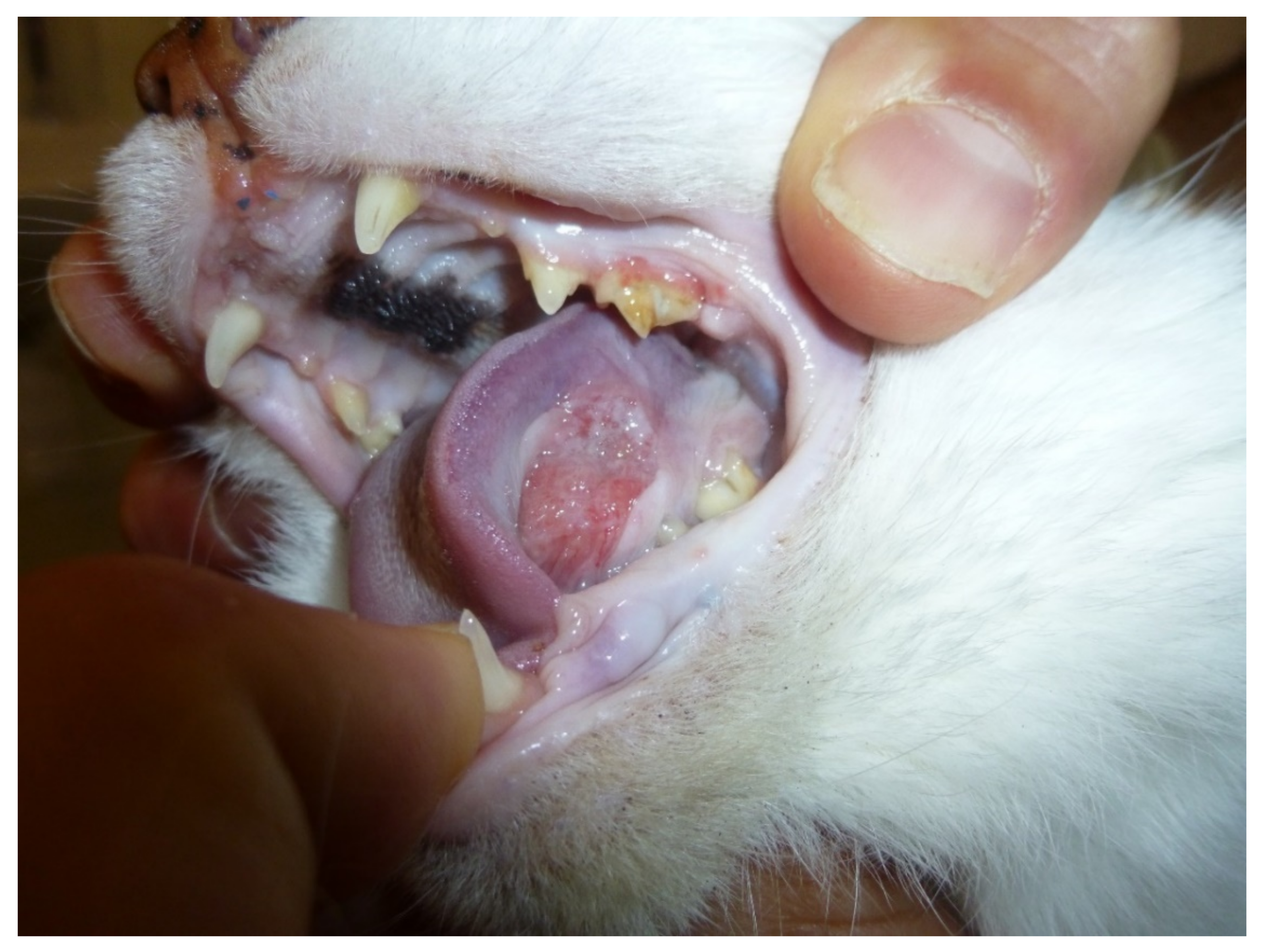
Biology Free Full Text Companion Animal Model In Translational Oncology Feline Oral Squamous Cell Carcinoma And Canine Oral Melanoma Html

Oral Squamous Cell Carcinoma In Cats An Overview Vet In Aurora The Animal Dental Clinic

Oral Tumors In Dogs Cats Pets Pet Oral Cancer Veterinary Dentist Wisconsin Oshkosh Green Bay Greenfield Glendale Dr Kressin
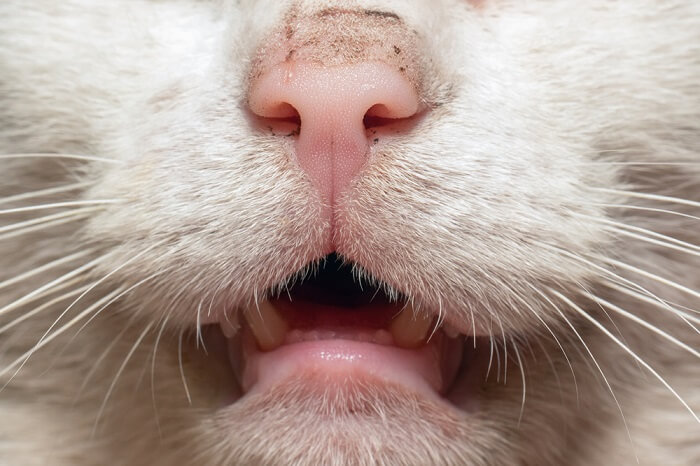
Mouth Cancer In Cats Causes Symptoms Treatment All About Cats

Mouth Cancer Gingiva Squamous Cell Carcinoma In Cats Petmd

Common Oral Tumors In Cats And Dogs Vet In Aurora The Animal Dental Clinic

Mouth Cancer In Cats Symptoms Causes Diagnosis Treatment Recovery Management Cost

Tongue Cancer Squamous Cell Carcinoma In Cats Petmd

Diagnosis And Treatment Of A Feline Oral Mast Cell Tumor Sciencedirect
